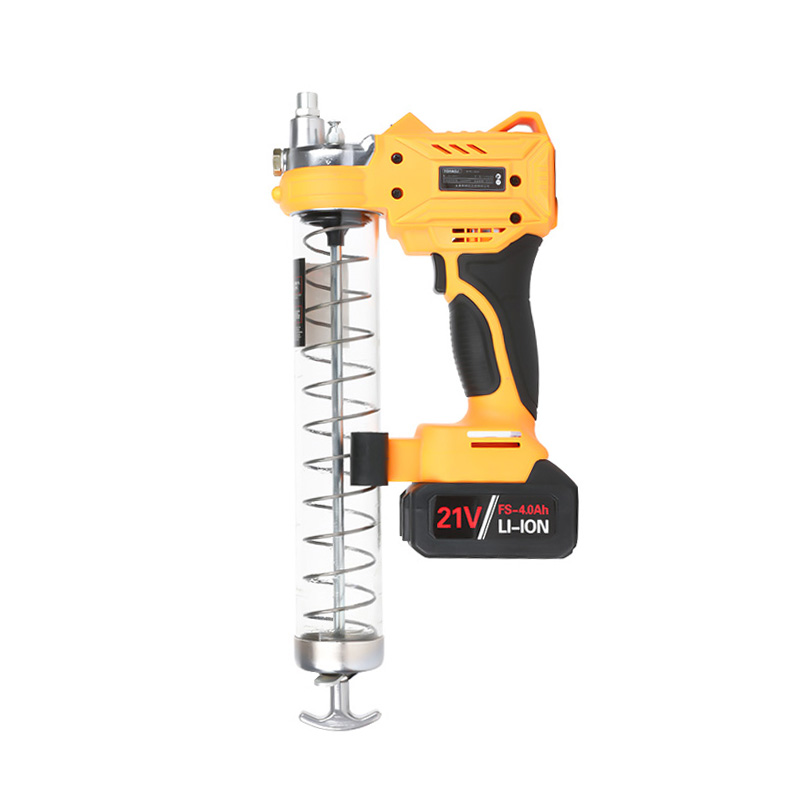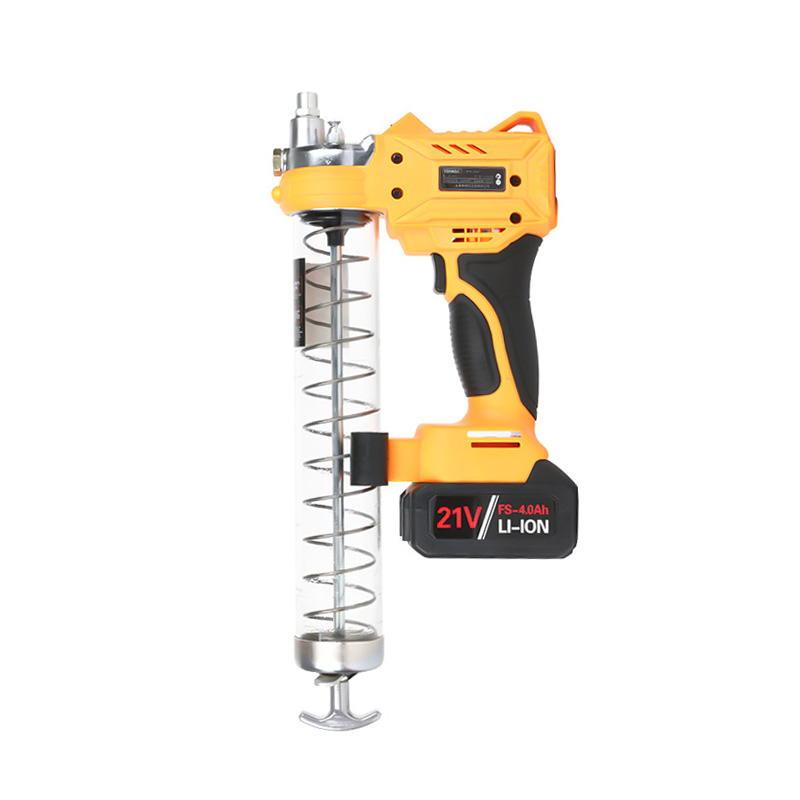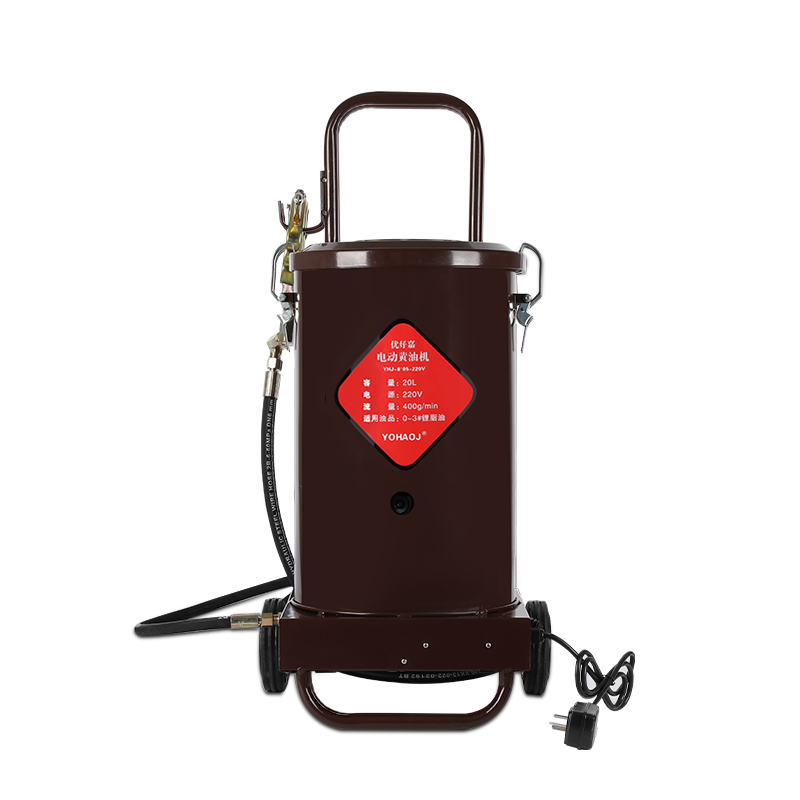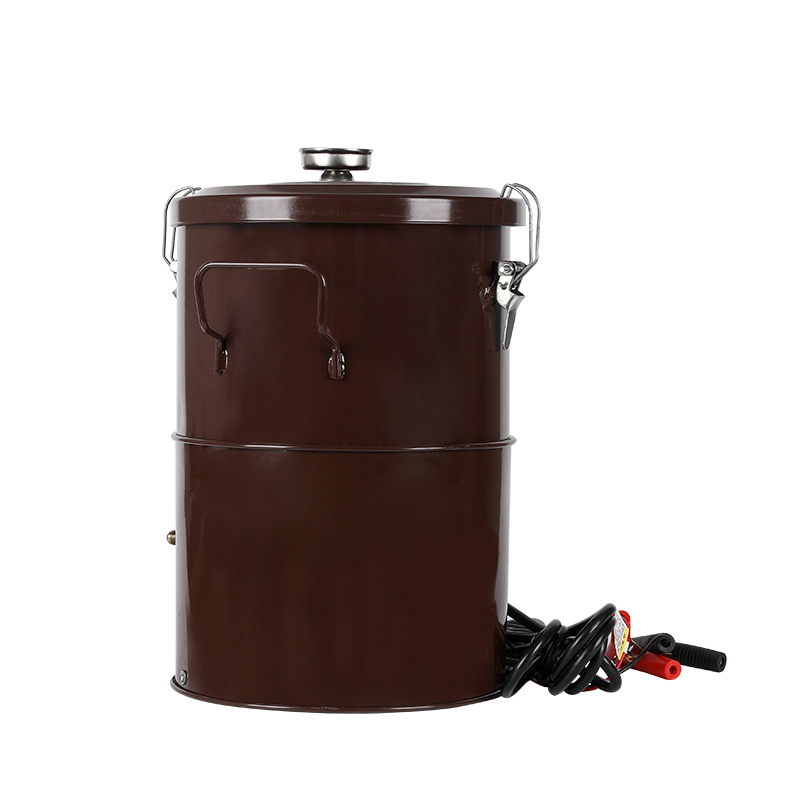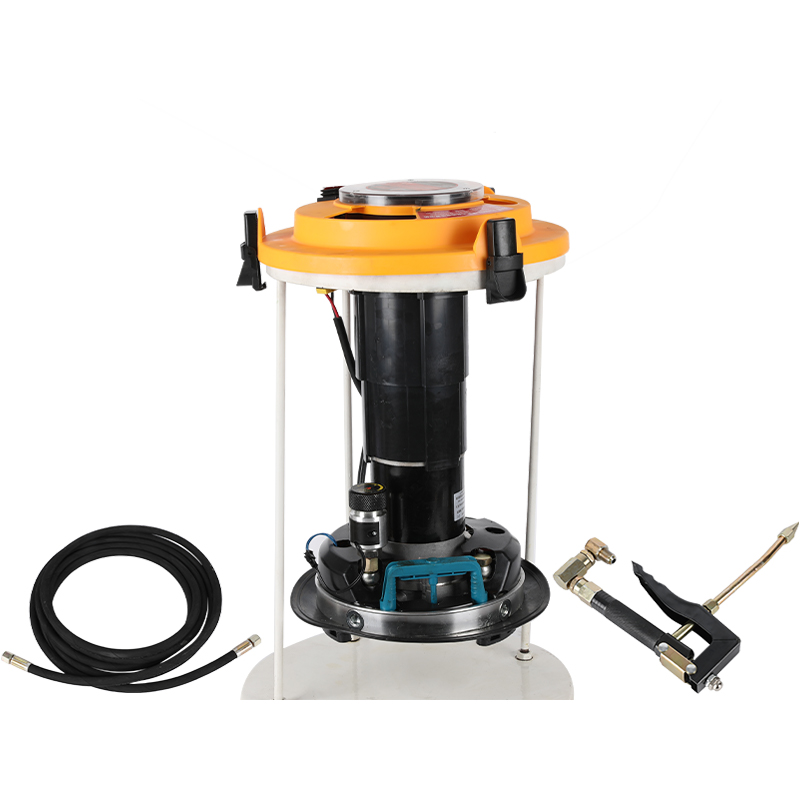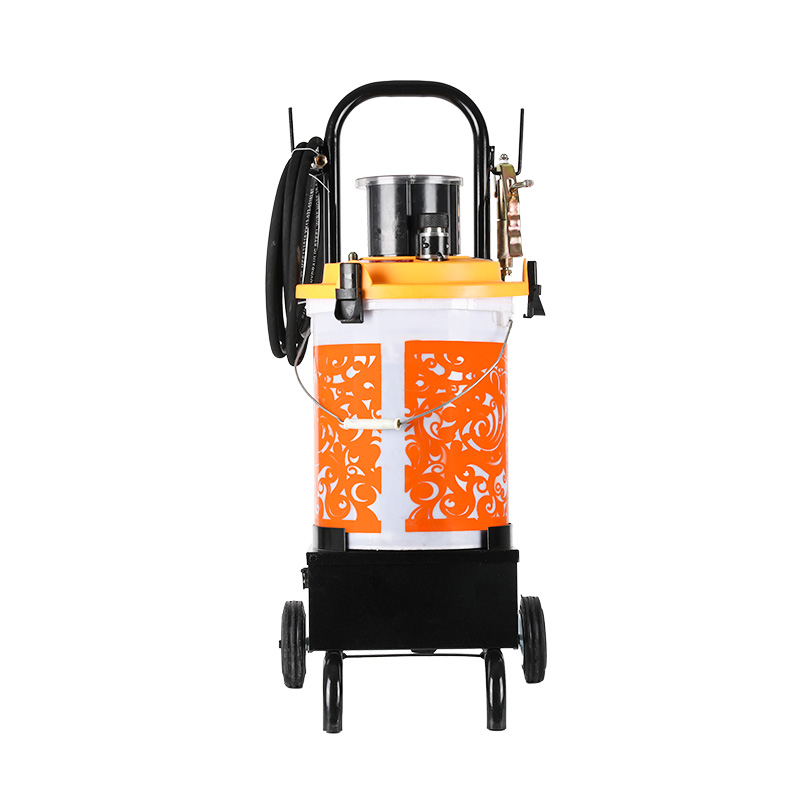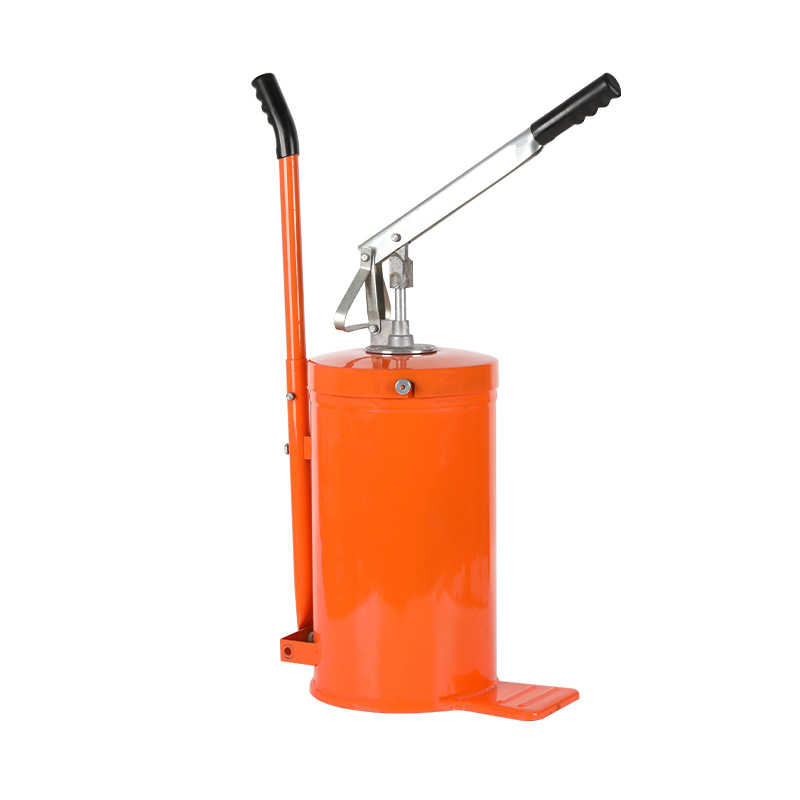A high-pressure hand-operated grease pump, also known as a manual grease pump or hand grease gun, is a tool used for lubricating various mechanical components and machinery. It is designed to deliver grease under high pressure to ensure proper lubrication and reduce friction in moving parts.
The main components of a high-pressure hand-operated grease pump typically include:
-
Pump Body: The pump body is the main housing that holds the grease and houses the internal components of the pump.
-
Grease Reservoir: The grease reservoir is a container or cartridge where the grease is stored. It is usually located within the pump body and can hold a specific amount of grease.
-
Pump Handle: The pump handle is the part of the pump that is manually operated by the user. It is used to create pressure and force the grease out of the pump.
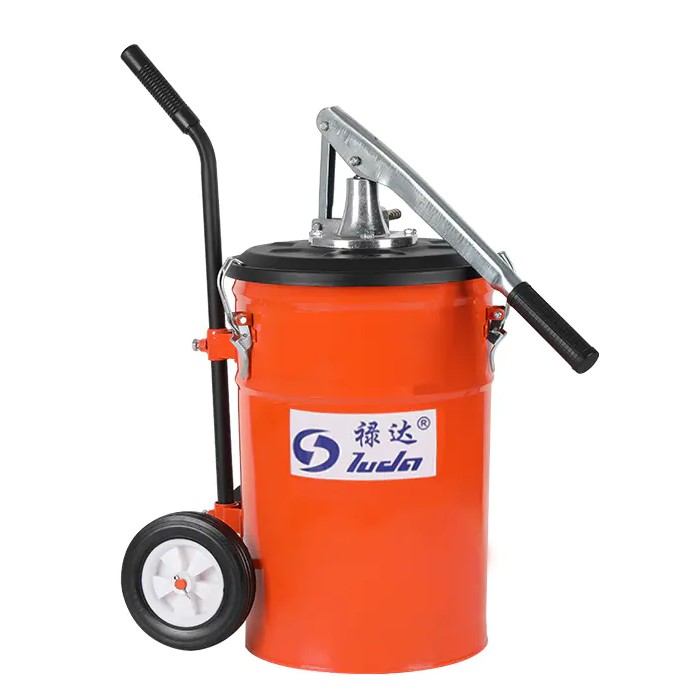
-
Pressure Relief Valve: The pressure relief valve is a safety feature that allows excess pressure to be released from the pump to prevent over-pressurization.
-
Grease Fitting or Nozzle: The grease fitting or nozzle is the outlet point where the grease is dispensed onto the desired component or machinery. It is typically equipped with a coupler or adapter to connect with the grease fittings on the equipment.
Using a high-pressure hand-operated grease pump involves the following steps:
-
Prepare the Grease: Ensure that the grease reservoir is filled with the appropriate type and amount of grease suitable for the equipment or machinery being lubricated. Follow the manufacturer's guidelines for selecting the correct grease.
-
Connect the Grease Fitting: Attach the grease gun nozzle or fitting to the grease fitting on the equipment. Ensure a secure connection to prevent grease leakage.
-
Pump the Handle: Operate the pump handle repeatedly to build pressure within the pump. This action forces the grease to flow through the nozzle and into the equipment's grease fitting.
-
Lubricate the Components: Direct the grease flow onto the target components, moving parts, or lubrication points. Apply enough grease to ensure proper lubrication without over-greasing.
-
Monitor Pressure and Repeat if Necessary: Monitor the pressure gauge on the grease pump, if equipped, to ensure the desired pressure is maintained. If more grease is needed, continue pumping the handle to dispense additional grease.
-
Release Pressure and Disconnect: After lubricating the components, release any built-up pressure by activating the pressure relief valve. Once the pressure is relieved, disconnect the grease gun from the equipment.
It's important to follow the manufacturer's instructions and safety guidelines when using a high-pressure hand-operated grease pump. Proper maintenance and cleaning of the pump are essential to ensure its longevity and reliable performance.


 中文简体
中文简体
 English
English
 Español
Español
 عربى
عربى
